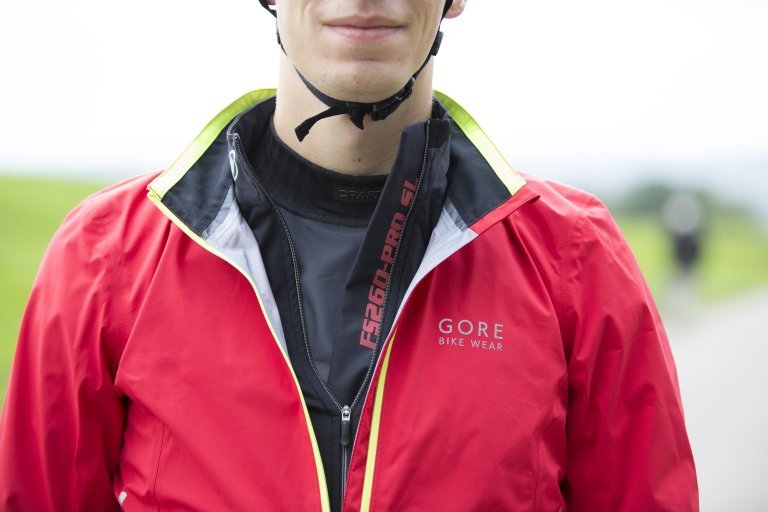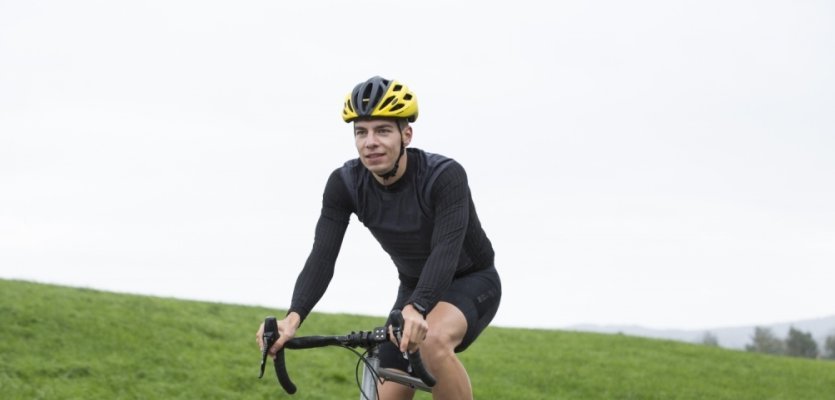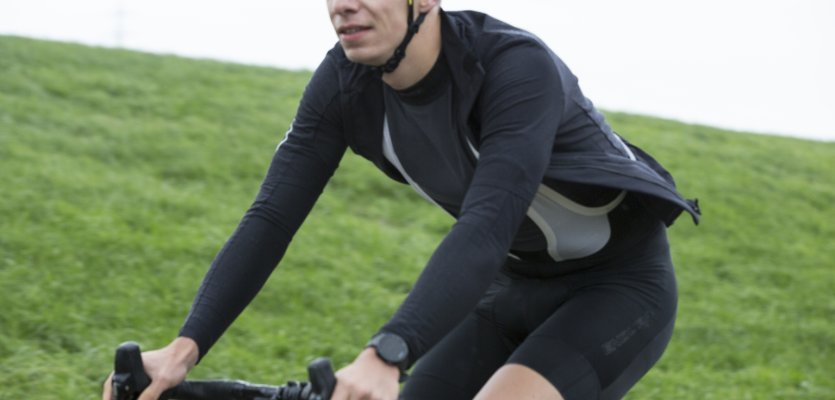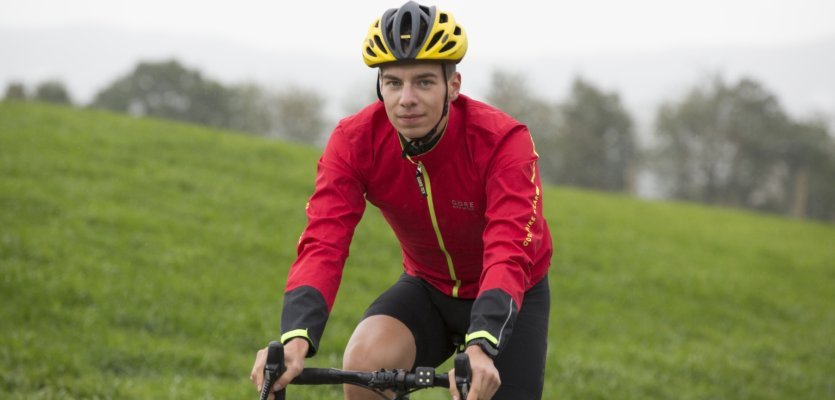
How to layer clothing for winter cycling
Temperatures are dropping and things are getting wet, but cycling must go on. Having the right clothing, layered properly, makes all the difference. Read on for our insights.
Some say “There is no such thing as bad weather, there is only bad clothing.” This rings true especially when fall starts and later gives way to winter. The days grow darker faster and each week brings more rain. Choosing the correct clothing for these conditions turns into a real challenge. It has happened to me too often that I start my ride in the sun, but come home soaking wet and cold. The clothing you wear has to be just right for the weather and ensure that you don’t cool down from too much sweat. Every piece of your gear needs to serve a function, one of the most important being keeping in warmth and transporting moisture outwards. This is known as thermophysiological comfort.
What is layering?
First off, layering isn’t a new found principle that just got released at this year’s latest trade show. It’s a proven system of keeping your body warm for just about any activity and is comprised of three layers. Each one has its own specific function, but all of them have to work well together. The various layers also give added warmth because a pocket of air is formed between each one. These air pockets insulate the body even more. However, the goal of layering is not to create the highest of level of insulation, but instead to be flexible to changing conditions and prevent the body from either overheating or freezing. Gloves, arm and leg warmers, overshoes and helmet caps complete the outfit when needed. How closely you need to follow the layering system depends on your personal temperature comfort zone. In this zone, you will perform your best.
Related articles

It is important to choose the correct garment for each layer because if one is incorrect the entire system falls apart. In this post we only focus on the upper body, but when things cool down, you also need to layer your legs and feet. Below are the various layers:
- Layer #1: transports moister away from body
- Layer #2: warms and insulates
- Layer #3: protects against the elements
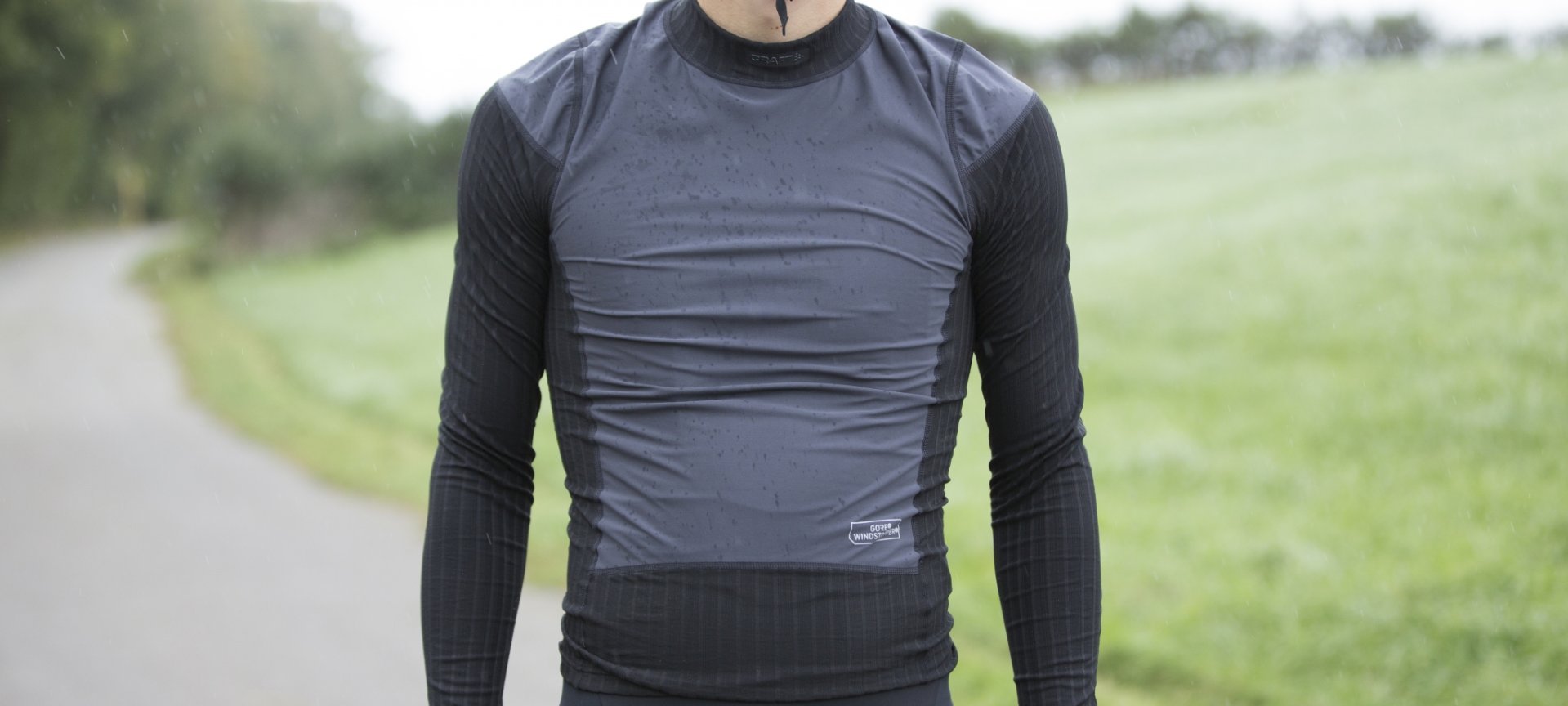
Layer 1 wicks sweat away from the skin.
Layer 1
The first part of the system is the base layer, which is responsible for wicking moister from the body. It should be close to the skin to absorb sweat and evaporate it to cool the body down. To increase the evaporation effect, the base layer has a special-made material on the outside that differs from the inside. For example, Craft uses an inner water repellent material and an outer water absorbent material in their shirts. This 2 material principle is also used by Gore.
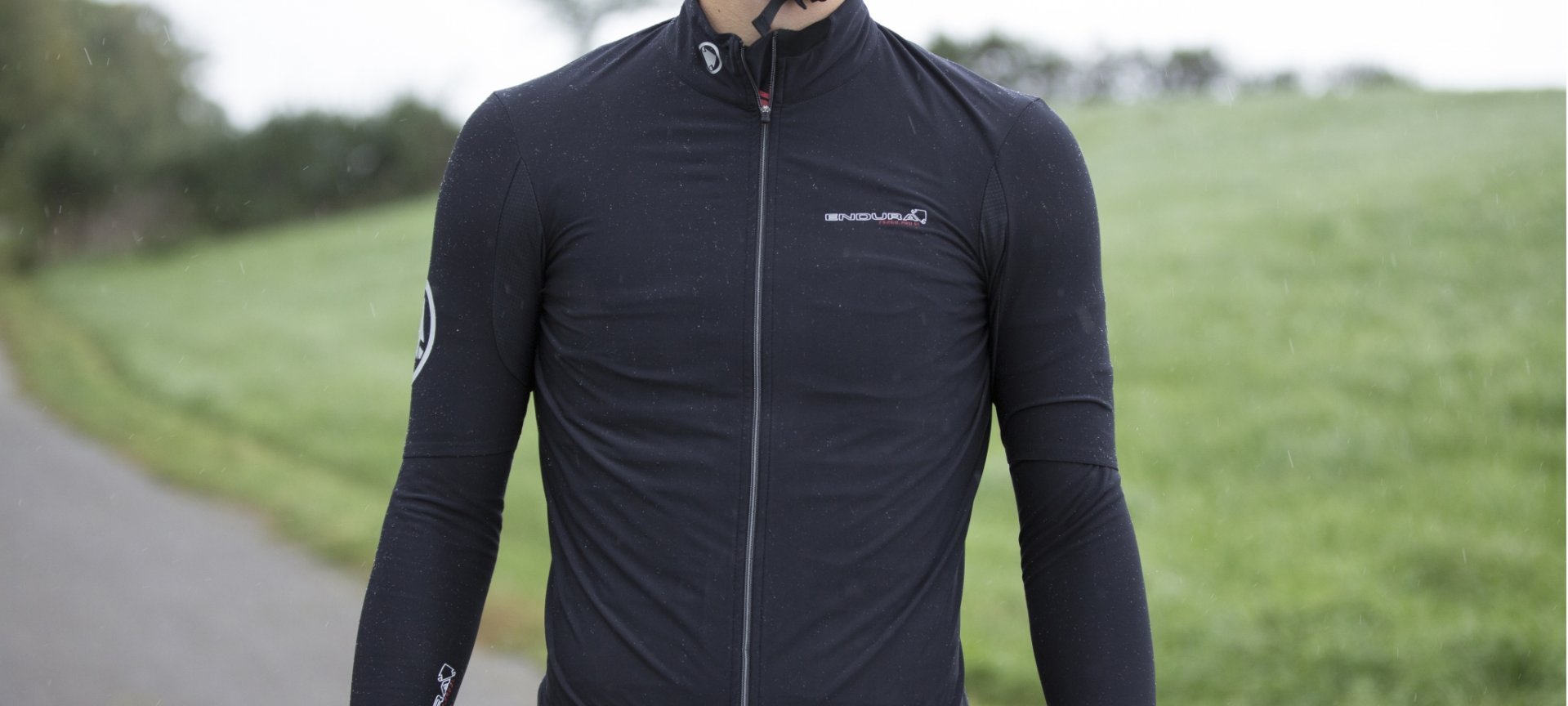
Layer 2 insulates to keep the body warm.
Layer 2
The second layer is responsible for insulating. Unlike the other layers, this one can be made up of multiple articles of clothing. Insulating clothing should absorb as little moisture as possible, so that it is transported even farther away from the body. If too much moisture is absorbed the second layer becomes more like a wet rag that only keeps sweat close to the skin resulting in a cooling effect. One material that should not be used in the second layer is cotton. It has a tendency to become the wet rag. Most of the time, materials like polyester and polyurethane are used in second layer clothing.
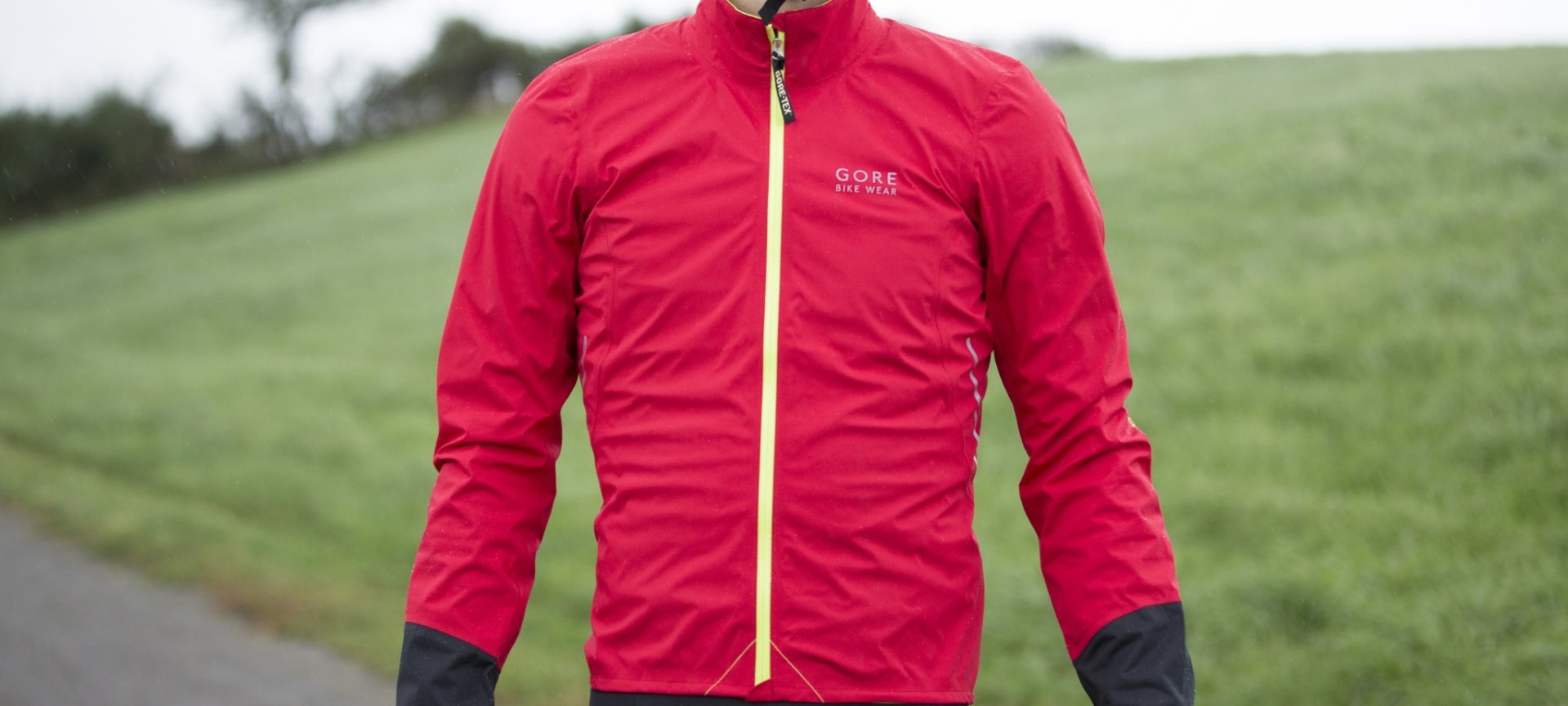
Layer 3 provides protection from the elements.
Layer 3
When rain, wind and snow become a problem, the third layer protects against them. It should be breathable so that the sweat that has so far been wicked from the body through the first two layers can be transported outward. Most manufacturers do this using microscopic pores in a membrane that are too small for rain drops, but large enough to allow the evaporated sweat to move through. Such membranes included Gore-Tex® and Ceplexe advanced®. Other materials like Windstopper® can also help to keep wind out. However, if the weather is looking up, the third layer can be removed.
An additional option is using a functional softshell jacket together with a base layer. The former is insulation and protection against the elements in one piece. This combination is very popular for temperatures above freezing without heavy rain since softshell jackets are usually only water resistant.

Stay warm and dry, no matter the weather.
Layers upon layers
Even if summer is coming to an end, active riding doesn’t have to stop. Layering can help you continue pedalling no matter how cold and rainy it gets. Just remember, “There is no such thing as bad weather, just bad clothing.”

